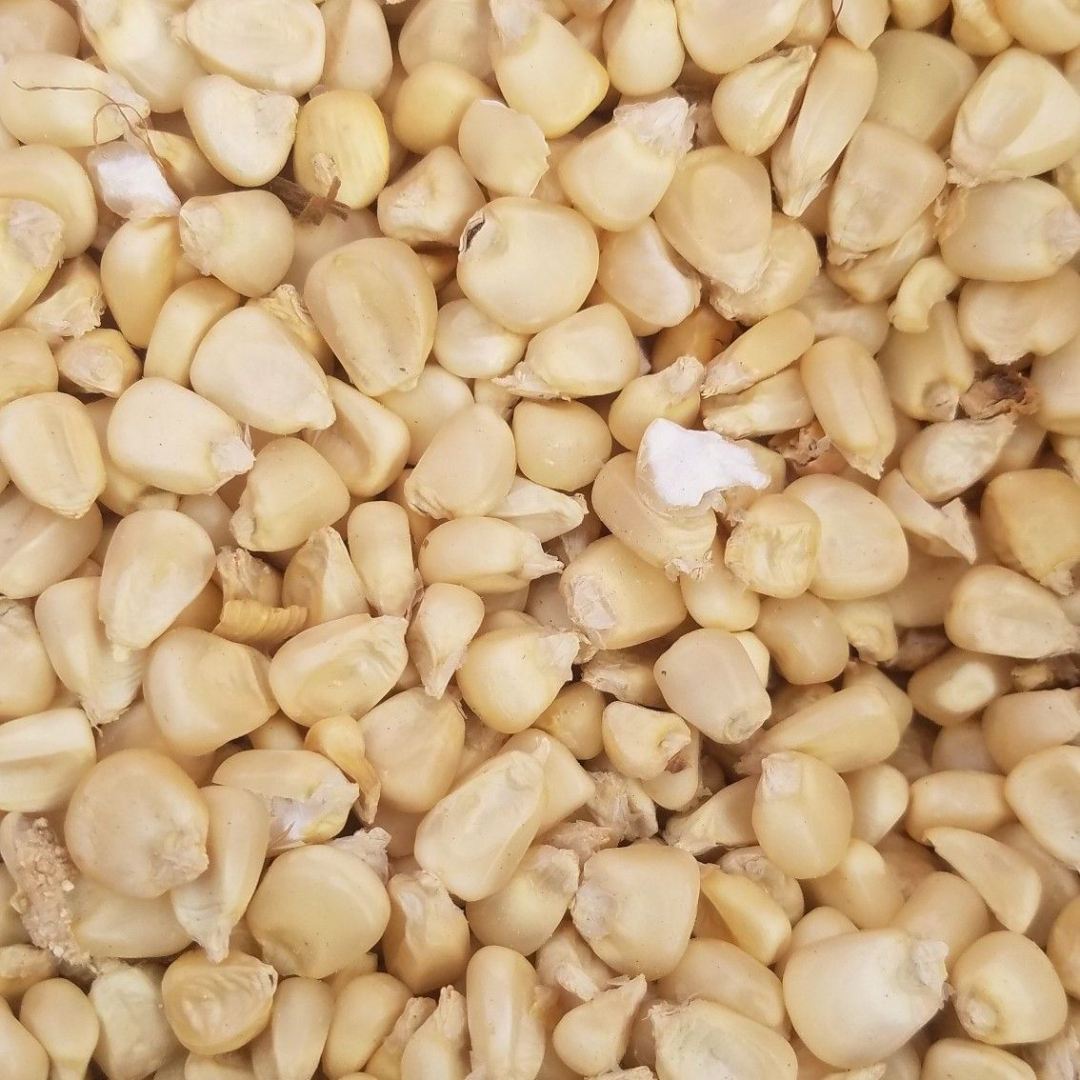
White Corn
White corn is a sweet, versatile grain known for its mild flavor and tender texture. It is a staple in many cuisines, used in soups, stews, salads, and as a side dish. White corn is also ground into flour for baking or making tortillas.
Key Features:
- Rich in Carbohydrates & Fiber: Provides sustained energy and aids digestion.
- Low in Fat: A healthy addition to balanced diets.
- Contains Vitamins & Minerals: Such as vitamin B6, magnesium, and antioxidants.
- Naturally Gluten-Free: Suitable for gluten-sensitive diets.
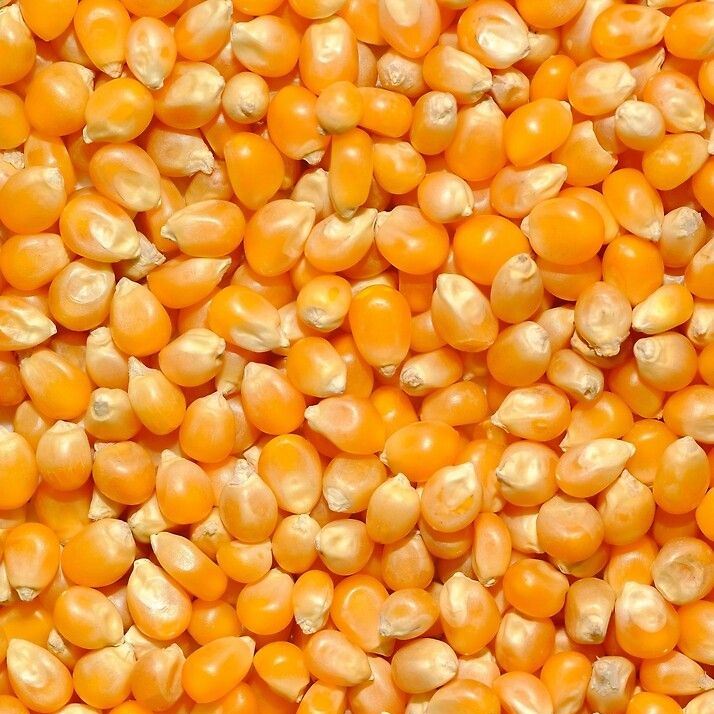
Yellow Corn
Yellow corn is a nutrient-dense, vibrant grain prized for its sweet taste and versatility. It is used in cornbread, polenta, salads, and as a vegetable side. Its bright color comes from beta-carotene, a precursor to vitamin A.
Key Features:
- High in Fiber & Antioxidants: Supports gut and eye health.
- Energy-Boosting: Rich in complex carbohydrates.
- Contains Folate & Vitamin C: Essential for immunity and cell repair.
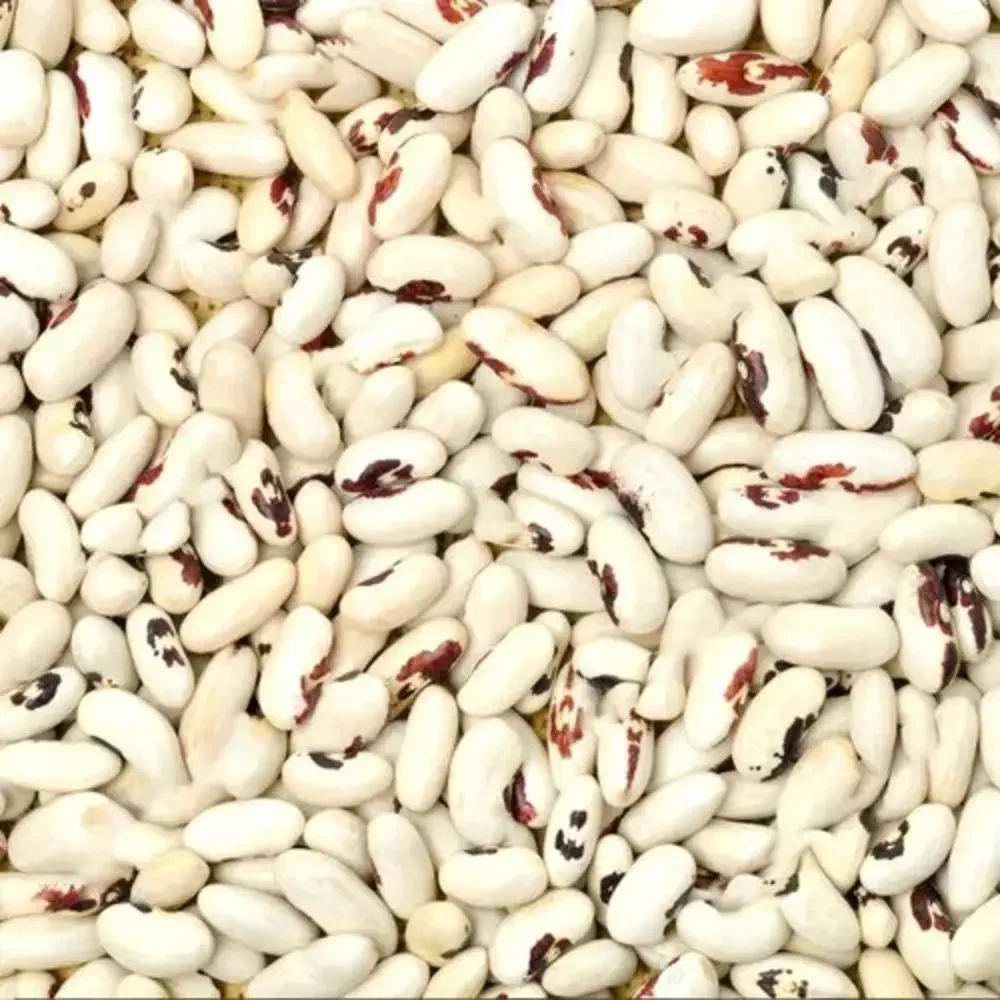
White Kidney Beans
White kidney beans, or cannellini beans, are creamy, mild-flavored legumes popular in Italian, Mediterranean, and Latin American cuisines. They hold their shape well, making them ideal for salads, stews, and dips like hummus.
Key Features:
- High in Protein & Iron: Supports muscle and blood health.
- Rich in Resistant Starch: Promotes gut health.
- Low Glycemic Index: Helps regulate blood sugar.
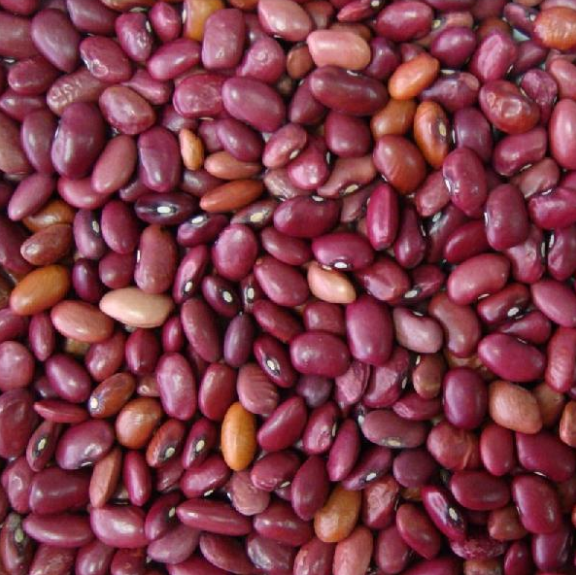
Red Kidney Beans
Red kidney beans are firm, hearty legumes with a deep color and robust flavor. A staple in chili, Caribbean rice dishes, and Indian curries, they are prized for their high protein and fiber content.
Key Features:
- Excellent Source of Plant-Based Protein: Ideal for vegans.
- Packed with Antioxidants: Supports heart health.
- Requires Soaking: Reduces cooking time and aids digestion.
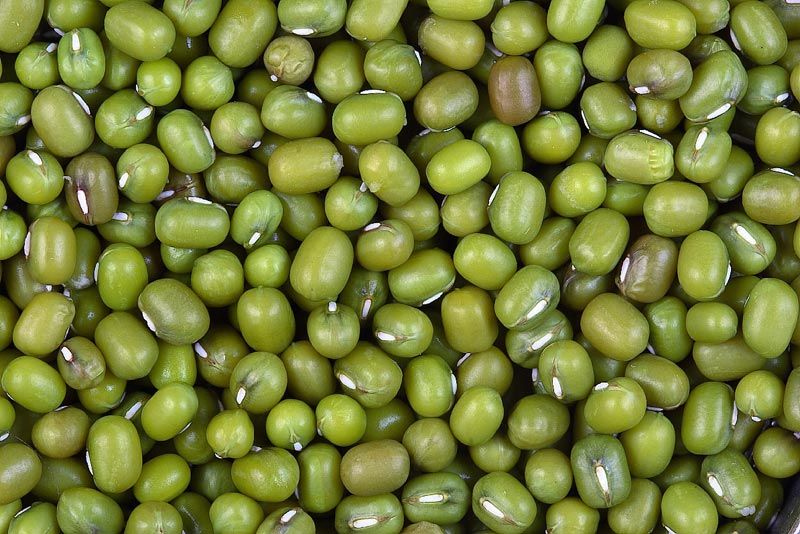
Mung Beans
Mung beans are small, green legumes with a mild, slightly sweet taste. Commonly used in Asian cuisines for sprouts, dals, and desserts, they are easy to digest and cook quickly without soaking.
Key Features:
- Highly Digestible Protein: Great for detox diets.
- Rich in Folate & Potassium: Supports metabolism and heart health.
- Versatile: Used whole, split, or sprouted.
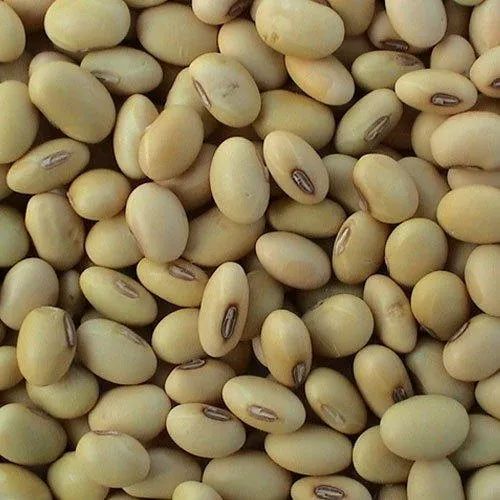
Soybeans
Soybeans are protein-packed legumes used to make tofu, tempeh, soy milk, and oil. They are a complete protein source, containing all essential amino acids, making them vital for vegetarian and vegan diets.
Key Features:
- High in Isoflavones: May support hormonal balance.
- Rich in Omega-3s: Promotes heart health.
- Industrial Uses: Biofuel, animal feed, and textured protein.
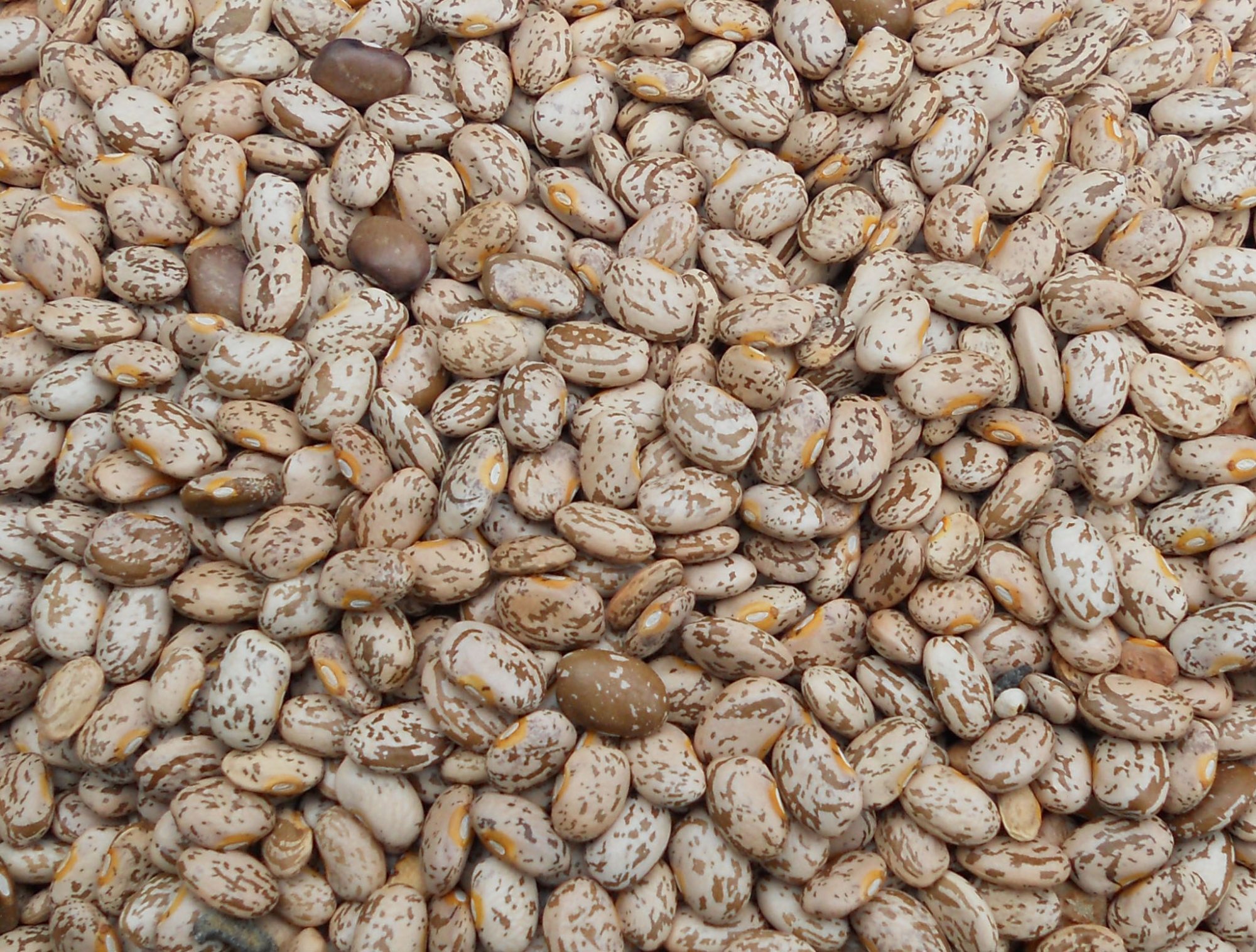
Pinto Beans
Pinto beans are speckled, creamy-textured beans central to Mexican and Southwestern cuisine (e.g., refried beans). They are high in fiber and protein, with a mild, earthy flavor.
Key Features:
- Balanced Macronutrients: Sustained energy release.
- Supports Blood Sugar Control: Low glycemic index.
- Budget-Friendly: Affordable plant-based protein.
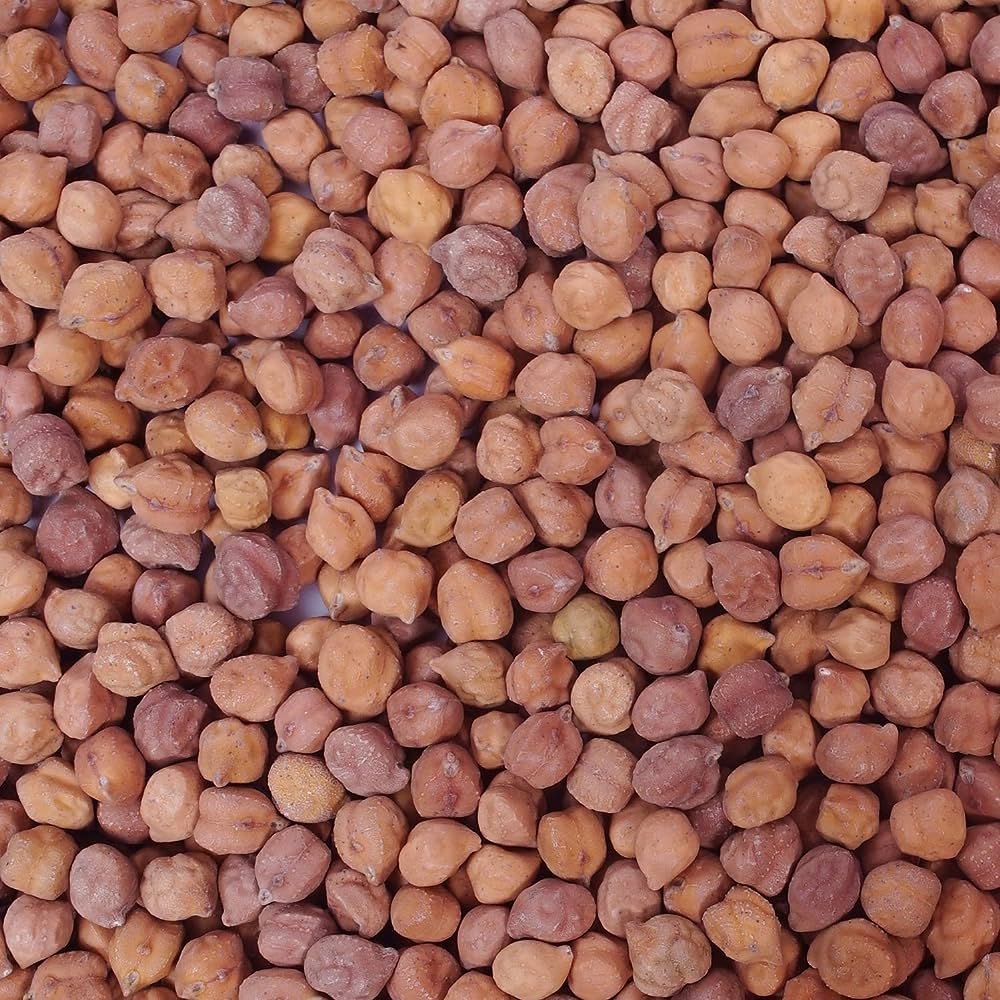
Desi Chickpeas
Desi chickpeas are small, dark, and nutty-flavored, commonly used in Indian dals, flour (besan), and snacks. They have a higher fiber content than kabuli chickpeas and a lower glycemic index.
Key Features:
- Rich in Resistant Starch: Aids digestion.
- Traditional Use: Essential in Ayurvedic cooking.
- Drought-Resistant: Grown in arid regions.
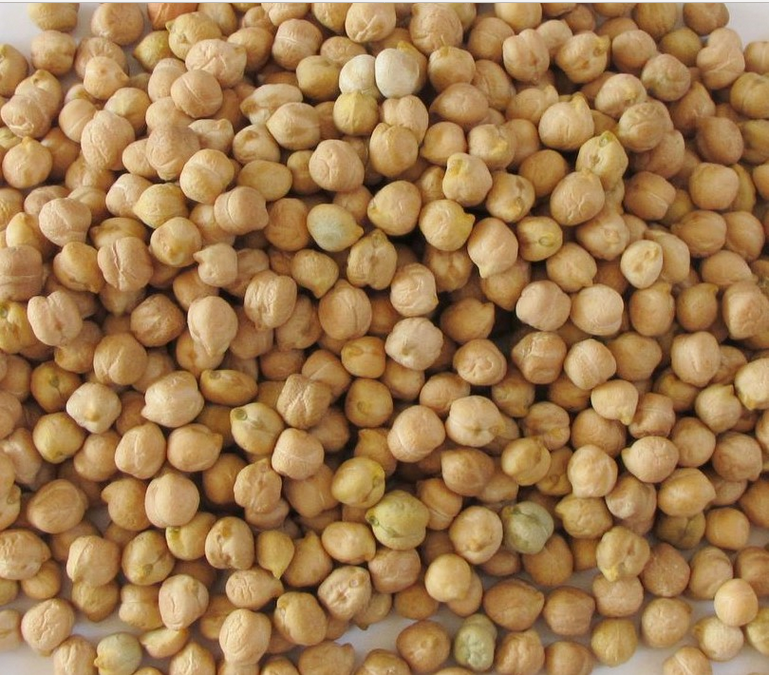
Kabuli Chickpea
Kabuli chickpeas are larger, lighter-colored, and creamier than desi varieties. A global staple, they are used in hummus, salads, and stews. Their mild taste and smooth texture make them highly versatile.
Key Features:
- High in Protein & Folate: Supports muscle and prenatal health.
- Low in Fat: Heart-healthy legume.
- Pre-Soaking Recommended: Reduces cooking time.
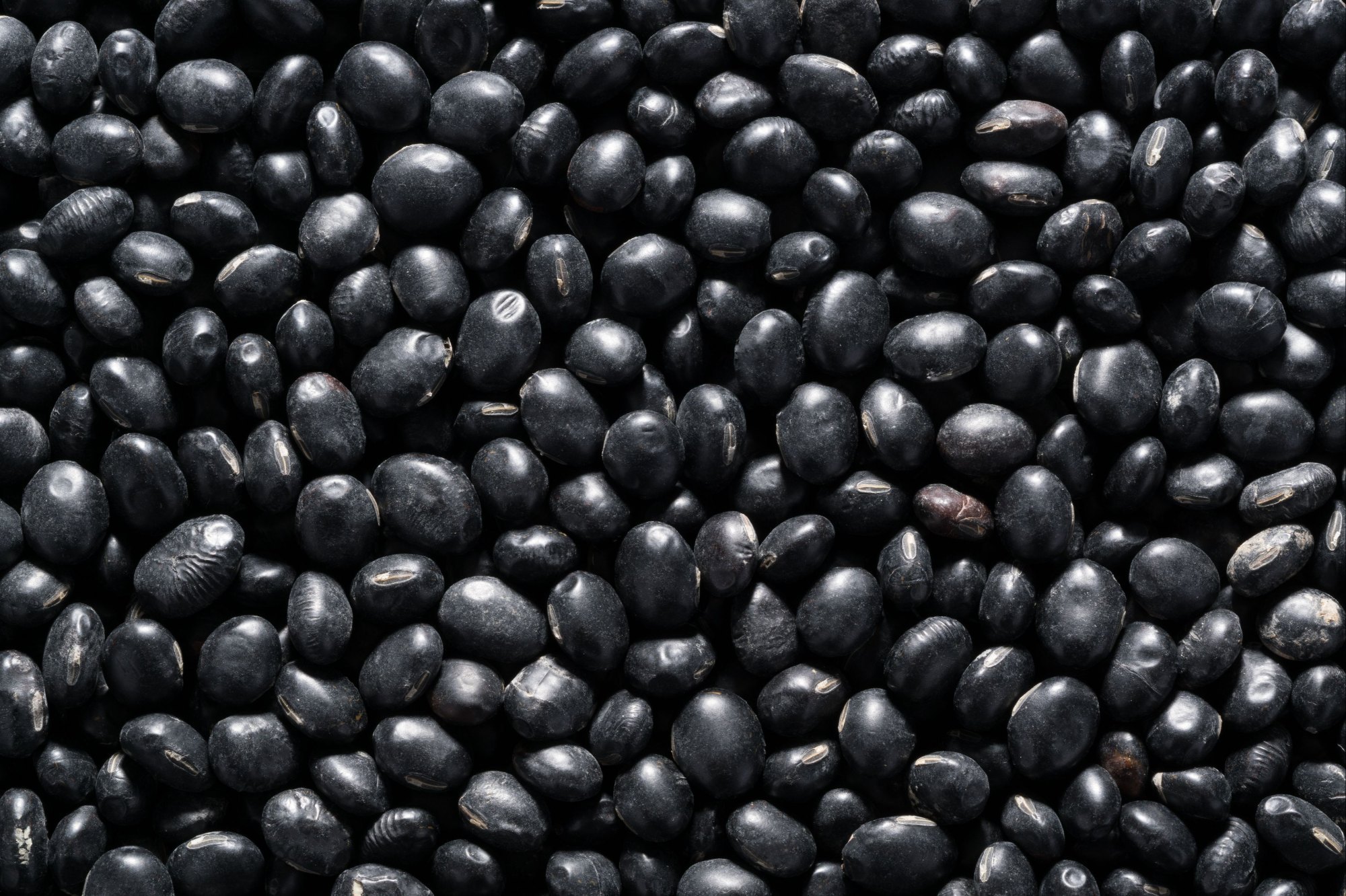
Black Beans
Black beans, or turtle beans, are dense, earthy-flavored legumes with a meaty texture. A cornerstone of Latin American cuisine, they are used in soups, burritos, and veggie burgers.
Key Features:
- Antioxidant-Rich: High in anthocyanins (like blueberries).
- Blood Sugar Stabilizing: Slow-digesting carbs.
- Budget-Friendly: Nutrient-dense and affordable.
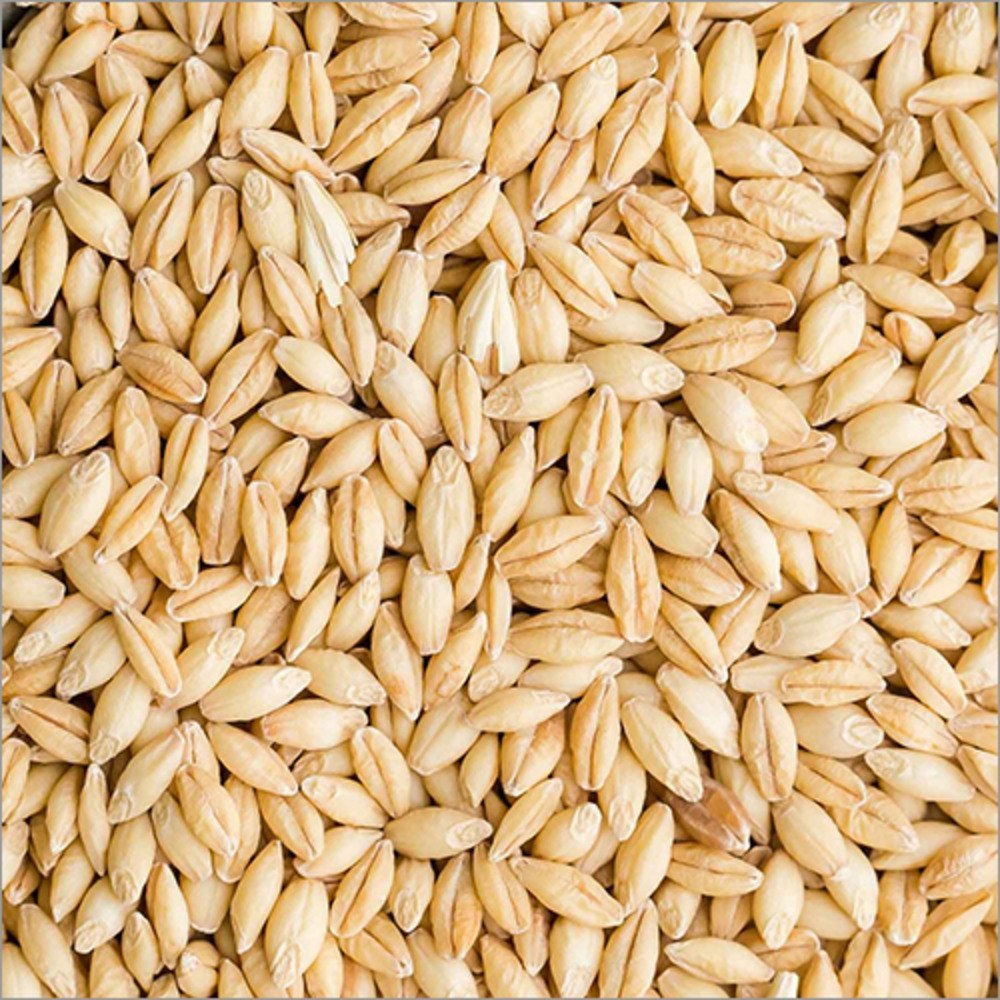
Barley
Barley is a nutty, fiber-rich ancient grain used in soups, stews, salads, and brewing. Available as hulled, pearled, or flour, it adds heartiness and nutrients to meals.
Key Features:
- High in Fiber & Beta-Glucans: Supports digestion and heart health.
- Low Glycemic Index: Helps stabilize blood sugar levels.
- Rich in Minerals: Contains selenium, manganese, and B vitamins.
- Versatile: Used in brewing beer, baking, or as a rice substitute.
